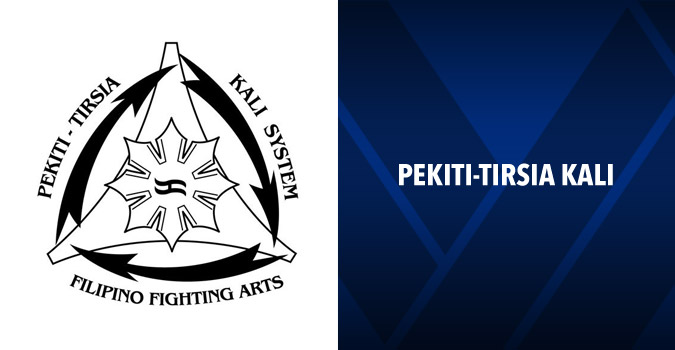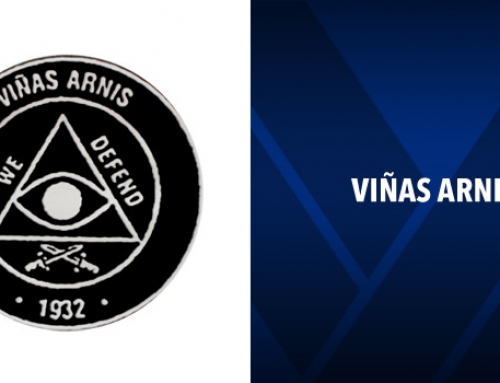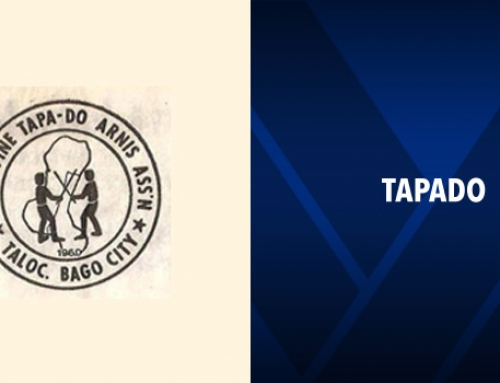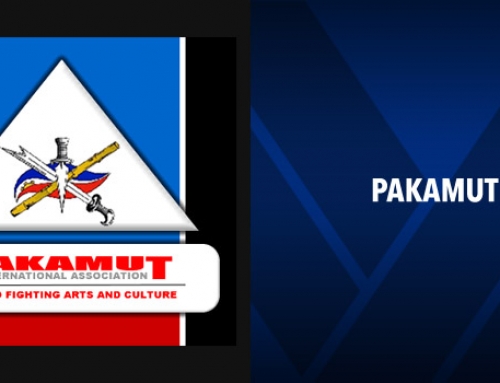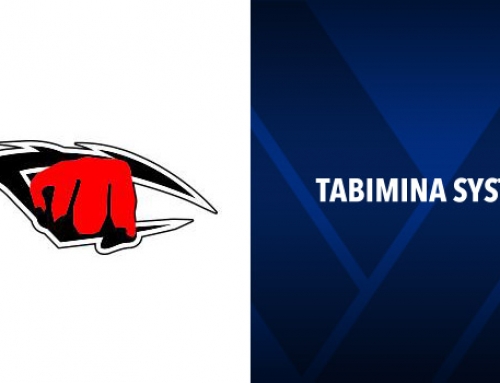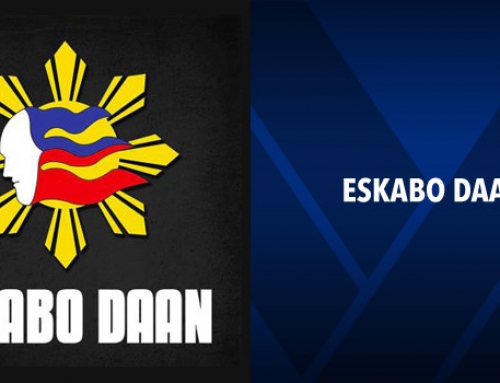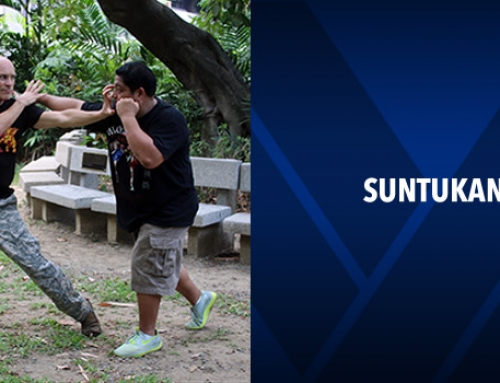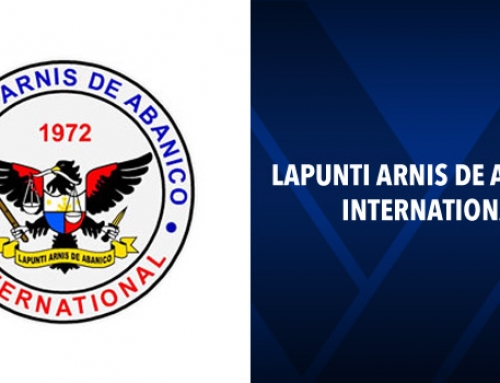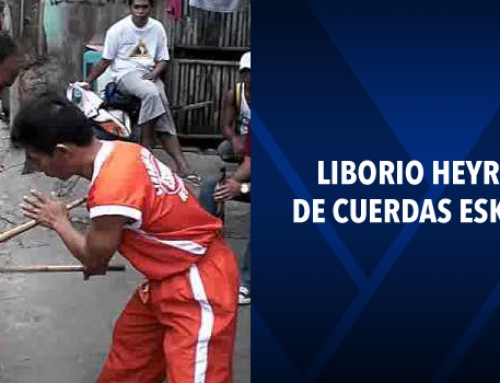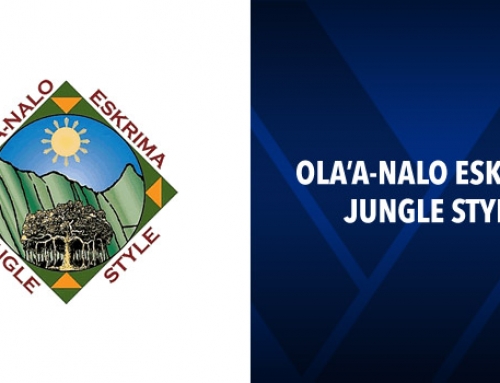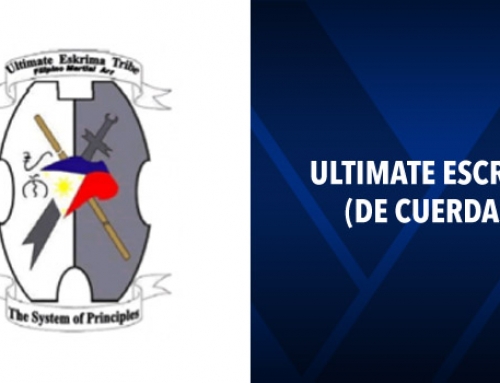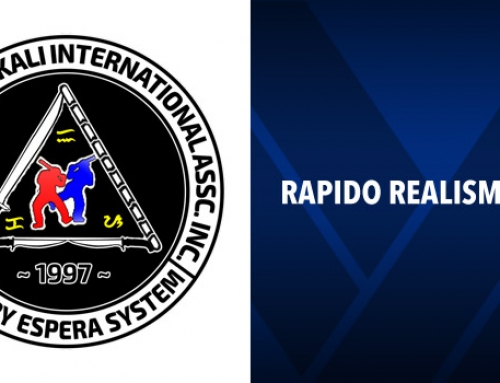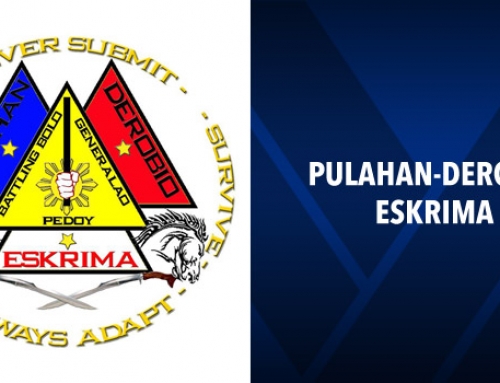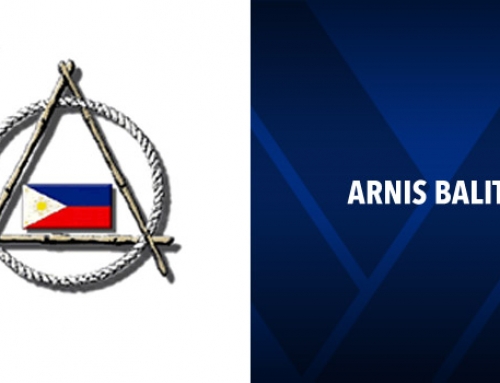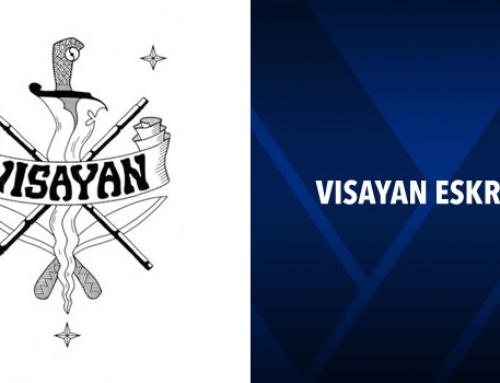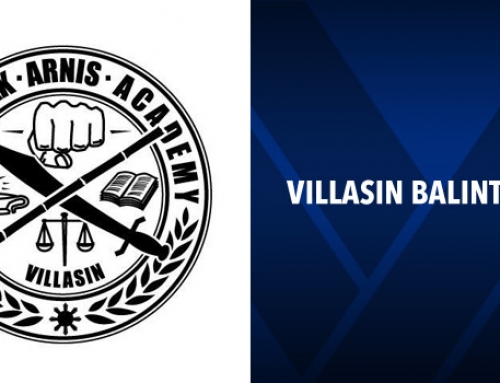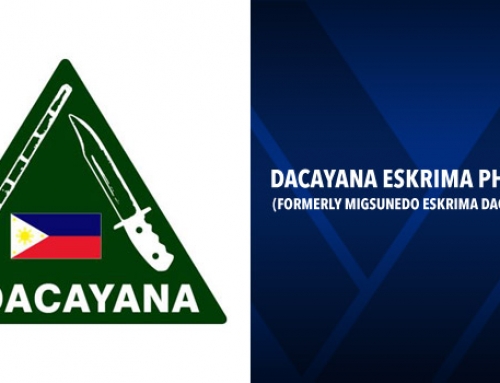Pekiti-Tirsia Kali is a style specific to Filipino Martial Arts which contains hundreds of systems and varied styles. Pekiti-Tirsia Kali was founded in 1897 and is the system of the Tortal family.
The sole heir and guardian of this system is Leo T. Gaje, Jr. who is referred to as the Grand Tuhon. Pekiti-Tirsia is a combat-oriented, as opposed to sport-focused, style.
Origin and history
Pekiti-Tirsia’s movements are based on the traditional blade art of the Philippines – Kali, which involves slicing swords in a circular motion, symbolic of the orbits of the moon and the planets.
It also incorporated triangular movements symbolic of constellations. In ancient times, Kali was taught in rituals that were then used pragmatically to survive against adversaries and wild animals.
The Muslim chieftains established a colony on Kalibo, Aklan — this is sometimes cited as the origin of the name “Kali”. Another reason is that a practitioner of the art is trained in carrying a knife, which is called a “kalis”.
Pekiti-Tirsia Kali specifically was a family system that goes back at least four generations, starting with Norberto Tortal. It was further developed and improved during the years 1930-36 by his grandson Conrado Tortal.
Tortal was from Panay, the island that the chieftains from Borneo settled on when Kali came to the Philippines. The system is now headed by Leo Tortal Gaje Junior, the grandson of Conrado Tortal.
Gaje introduced his system to North America after arriving in the US in 1972. His style earned recognition and respect from major martial arts organizations such as the Jewish Karate Federation, the United States Karate Association International, and the United States Karate Federation.
His system has been an influence on the Dog Brothers, Dan Inosanto and other FMA practitioners. He has since brought the system to various European countries as well.
In 1995, Pekiti Tirsia International was formed in the US. In 1997, this organization went its own way. It is currently headed by Tuhon Guro McGrath (President and Chief Instructor).
Other Directors include Mataas na Guro Erwin Ballarta (Law Enforcement Director), Magino’o Dan Inosanto (North American Director), Sifu Manfred Steiner (European Director), Ralf Beckmann (Director for Germany), and Guro Roberto Bonomelli & Guro Attilio Acquistapace (Co-Directors for Italy).
In 1996, Pekiti-Tirsia Europe Organization was formed, with Maginoo-Mandala Uli Weidle as Managing Director.
In the year 1997 the Centennial Celebration for 100 years of Pekiti-Tirsia was celebrated in Subic Bay, Zambales, Philippines last October 25, 1997. Pekiti-Tirsia was the only Filipino Martial Art officially recognized as having a centennial.
In 2003, Pekiti Tirsia Global was established. PTGO National Directors include Leo T. Gaje, Jr. and 2nd Maginoo-Mandala Rommel Tortal in the Philippines, Maginoo-Mandala Timothy D. Waid in the United States, Mandala-Tuhon Philip Gelinas in Canada, and Maginoo-Mandala Uli Weidle in Europe.
Pekiti-Tirsia is currently the only Kali system recognized by the Philippine government used to train Force-Recon Marine Battalions of the Armed Forces of the Philippines and the Special Action Force (SAF) contingent of the Philippine National Police.
Fighting methods
All fighting ranges are integral parts of the Pekiti-Tirsia system, but special attention is given to close-quarter fighting. Integral to this is a coiled close quarter stance that allows evasion and generation of a powerful strike even in close range.
Pekiti-Tirsia is about quartering the opponent, or ‘cutting up into little pieces’, emphasizing destruction with counter offense while not getting hit.
The Pekiti-Tirsia methodology originates from offensive and counter offensive principles against attacks from all ranges, angles and threat levels. There is less emphasis on purely defensive techniques per se, as this is not seen as an effective survival strategy.
Pekiti-Tirsia Kali incorporates 5 main weapon categories (including the human body):
- Solo – Single stick, sword or spear.
- Doble – Double stick or sword.
- Espada y Daga – Sword and Dagger.
- Daga y Daga – Knife to Knife
- Mano y Mano – Hand to Hand.
There are various subsystems of training that have evolved over the years, including:
- Doces Methodos (These are the 12 methods or subsystems of the Pekiti-Tirsia system. Each is a distinct grouping of techniques and related application methods which represent the core principle of that subsytem. A condensed form of 64 movements called the 64 Attacks illustrates many of those subsystems.)
- Segidas (bridging techniques between different ranges: sometimes included as part of Doces Methodos)
- Contradas (countering techniques with emphasis on following the attack as opposed to meeting the attack)
- Recontras (re-countering techniques)
- Recontradas (recountering against the recounter techniques)
- Offensa-Defensa–Defensa-Offensa (evasion drills for weapon arm)
- Contra Tirsia Dubla Doz
- TRi-V Formula
- Capsula Methodica
- As well, other training aids have developed, including Alphabeto and Numerado, which pattern strikes based on the alphabet and numbers respectively…
Grand Tuhon Gaje has described the following areas of specialization, highlighting the particular strengths of different Pekiti Tirsia instructors:
Specialization A:
All of the basic of 64 attacks including the breakdown of Thrust and Tapping, Break In/Break out, Five attacks, Seven attacks, and Clock system. It includes advanced techniques of Sequidas, Contradas, and Recontras. There are inserts along the way of unarmed knife tapping, bladework, locks and technical throws, unarmed combat and armed combat. The footwork strategy and handiwork with the weapon are also most important.
Specialization B:
Doce Methodos, a unique structure compatible to any mode of attacks using the Diagonal V and Reverse V.
Specialization C:
Contra Tirsia Dubla Doz, a unique methodology now advanced into the TRi-V Formula and the Edged Impact Weapon Tactical Combat, Edged Impact Weapon Control Dynamics, and Edged Impact Weapon Survival Tactics.
Specialization D:
Advanced mastery with combination of the TRi-V Formula and the Capsula Methodica, and the Mastery of the Dagaso Tirsia for Single knife and the Qol Demama Dagga. The combined structures are applicable to full contact stick fighting.
Specialization E:
Combining the Contra Tirsia Dubla Doz and TRi-V Formula that will lead to Capsula Methodica.
Tournament sport
Dog Brothers sparring has pushed the limits of stick sparring with limited protective gear: several key members come from a Pekiti Tirsia background.
In the year 1998 Pekiti-Tirsia Philippines, Inc. organized the “Battle of Grandmasters”. A tournament following the Total Submission Policy – fighting without any protection gear (no glove, no helmet) with unpadded sticks, no referee, no time limit, no rules.
Fighting was done on challenges (Master and Grandmaster division) and as a challenge tournament (advanced students). The tournament was open to all styles, and Masters and Grandmasters from more than 15 styles have been personally invited – but only Pekiti-Tirsia fighters were willing to fight under the said conditions.

